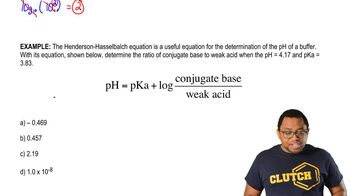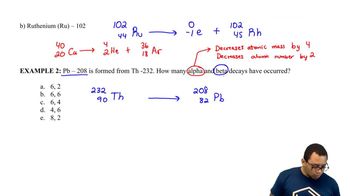Here are the essential concepts you must grasp in order to answer the question correctly.
Inverse Square Law
The Inverse Square Law states that the intensity of radiation from a point source decreases with the square of the distance from the source. This means that if you double the distance from the source, the intensity of radiation is reduced to one-fourth. Understanding this principle is crucial for calculating how radiation levels change with distance.
Recommended video:
Inverse Logarithmic Functions
Radioactive Decay
Radioactive decay refers to the process by which unstable atomic nuclei lose energy by emitting radiation. The rate of decay is characterized by the half-life, which is the time required for half of the radioactive atoms in a sample to decay. This concept is important for understanding how radiation levels decrease over distance and time.
Recommended video:
Measuring Radioactivity Concept 1
Exponential Decay
Exponential decay describes the process where a quantity decreases at a rate proportional to its current value. In the context of radiation, this means that as distance increases, the radiation intensity diminishes exponentially. This concept helps in determining the distance at which radiation levels fall to a specific fraction of their original value.
Recommended video:
 Verified step by step guidance
Verified step by step guidance


